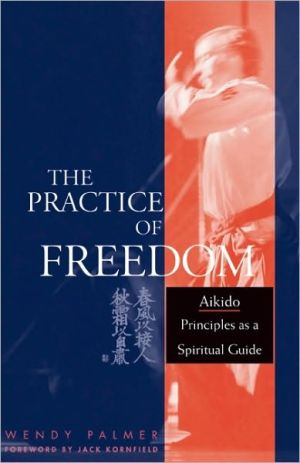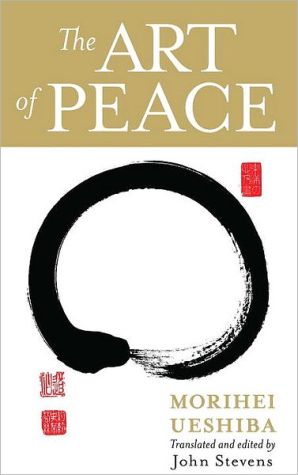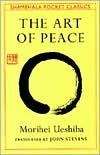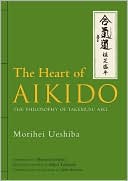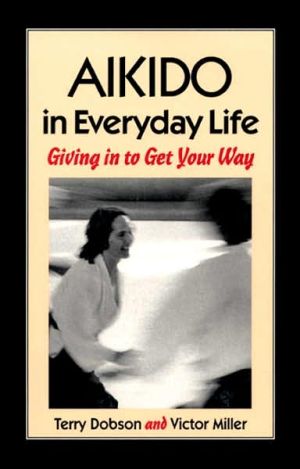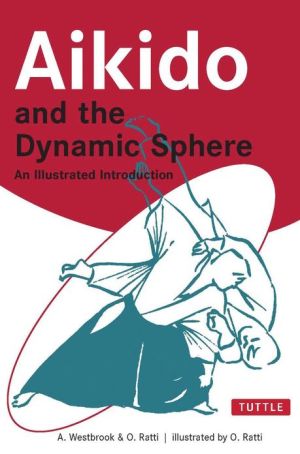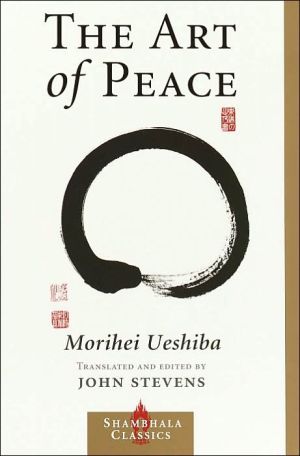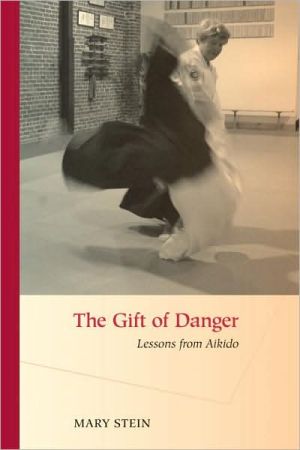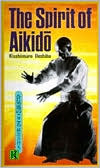The Practice of Freedom: Aikido Principles as a Spiritual Guide
In The Practice of Freedom, American sensei Wendy Palmer applies the basic principles of aikido to the conduct of everyday life. This fifth-degree black belt describes her own fascinating journey, one that includes caring for a mother with multiple sclerosis, teaching inmates in a women's federal prison, and the development her own method of meditation called Conscious Embodiment. In the process Palmer uses her many years of aikido practice to explore and respond to a simple but potent...
Search in google:
In The Practice of Freedom, American sensei Wendy Palmer applies the basic principles of aikido to the conduct of everyday life. This fifth-degree black belt describes her own fascinating journey, one that includes caring for a mother with multiple sclerosis, teaching inmates in a women's federal prison, and the development her own method of meditation called Conscious Embodiment. In the process Palmer uses her many years of aikido practice to explore and respond to a simple but potent question: How? How can we maintain our vitality and integrity in times of stress? How do we transform our negativity into budo, or love? And how do we move from "stuckness" to freedom? Publishers Weekly Palmer, aikido instructor and author of The Intuitive Body, has constructed a passable if unremarkable synopsis of personal reflections, favorite spiritual authors and principles of this unique martial art. At its best, the book is informed by Palmer's own life experiences, which include teaching aikido principles and mind/body exercises to federal prison inmates inspiring some fine musings on freedom. Unfortunately, Palmer seldom renders her personal story in any detail, often employing an impressionistic and elliptical style that lacks vividness and leaves the reader fumbling to establish a sense of narrative connection. Palmer's intended audience seems to be neither aikido practitioners, who might prefer more specific examples, nor the uninitiated, who will miss the significance of many terms and allusions. The book's most surprising feature is its lack of substantive references to aikido practice, aside from a few quotations from O-Sensei (aikido founder Morihei Ueshiba) and some very general allusions to aikido concepts such as blending and centeredness. Instead of focusing on a psychological-spiritual explication of aikido itself, as found in Richard Heckler (In Search of the Warrior Spirit) or C. M. Shifflett (Ki in Aikido), most of the book's material is a generic pastiche of Taoist, Buddhist, Hindu, Christian and New Age teachings on suffering, compassion and freedom. This content is solid enough, and Palmer's dedication and love for her students and her art is obvious. But given the existing breadth of books on spirituality and aikido, there is little here that makes a distinctive contribution. (Jan.) Copyright 2001 Cahners Business Information.
\ Publishers WeeklyPalmer, aikido instructor and author of The Intuitive Body, has constructed a passable if unremarkable synopsis of personal reflections, favorite spiritual authors and principles of this unique martial art. At its best, the book is informed by Palmer's own life experiences, which include teaching aikido principles and mind/body exercises to federal prison inmates inspiring some fine musings on freedom. Unfortunately, Palmer seldom renders her personal story in any detail, often employing an impressionistic and elliptical style that lacks vividness and leaves the reader fumbling to establish a sense of narrative connection. Palmer's intended audience seems to be neither aikido practitioners, who might prefer more specific examples, nor the uninitiated, who will miss the significance of many terms and allusions. The book's most surprising feature is its lack of substantive references to aikido practice, aside from a few quotations from O-Sensei (aikido founder Morihei Ueshiba) and some very general allusions to aikido concepts such as blending and centeredness. Instead of focusing on a psychological-spiritual explication of aikido itself, as found in Richard Heckler (In Search of the Warrior Spirit) or C. M. Shifflett (Ki in Aikido), most of the book's material is a generic pastiche of Taoist, Buddhist, Hindu, Christian and New Age teachings on suffering, compassion and freedom. This content is solid enough, and Palmer's dedication and love for her students and her art is obvious. But given the existing breadth of books on spirituality and aikido, there is little here that makes a distinctive contribution. (Jan.) Copyright 2001 Cahners Business Information.\ \
